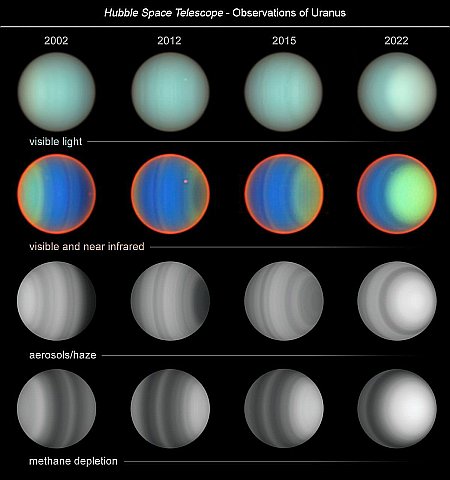White dwarf binary discovered only 150 light years away is a major supernova candidate in about 23 billion years
Astronomers have discovered only 150 light years away the most massive white dwarf binary system yet detected, that they believe is a major candidate for producing one type of supernova many billions of years in the future.
White dwarf stars in binary systems are thought to produce Type 1a supernova. The dwarf sucks material from the companion star, which eventually piles up on the surface of the dwarf until the extra mass, more than 1.4 times the mass of the Sun (dubbed the Chandrasekhar mass limit), causes the supernova explosion.
That’s the theory at least. Up to now astronomers have not yet observed this process, prior to the supernova. This newly discovered binary system however is a prime candidate, because its combined mass is already 1.55 the mass of the Sun. According to the researchers’ computer models, when these stars come close to merging the result will be a Type 1a supernova. From the peer reviewed paper:
The interaction of the accretion stream with the surface of the primary white dwarf ignites a helium detonation close to the point of interaction. The helium detonation then wraps around the primary white dwarf and sends a shock wave into its core that converges at a single point. This ignites a second detonation that completely destroys the primary white dwarf. When the shock wave of its explosion hits the secondary white dwarf, the double detonation mechanism repeats itself. The shock wave from the detonation of the primary ignites a helium detonation near the surface of the secondary which drives a shock wave into its core. It is sufficient to ignite the core detonation, destroying the secondary white dwarf as well.
These events won’t occur tomorrow however. The two stars orbit each other every 14 hours, but their high mass is causing gravitational waves to ripple outward from the system, robbing it of energy. The orbits of the stars are thus spiraling inward. In about 23 billion years they will be about to merge, which will be the moment when the above explosive events are predicted to occur.
If at that moment the binary system was still only 150 light years away, the explosion would do great harm to the Earth and likely cause a major extinction. In 23 billion years however the binary will no longer be so close, and could in fact be on the other side of the Milky Way.













